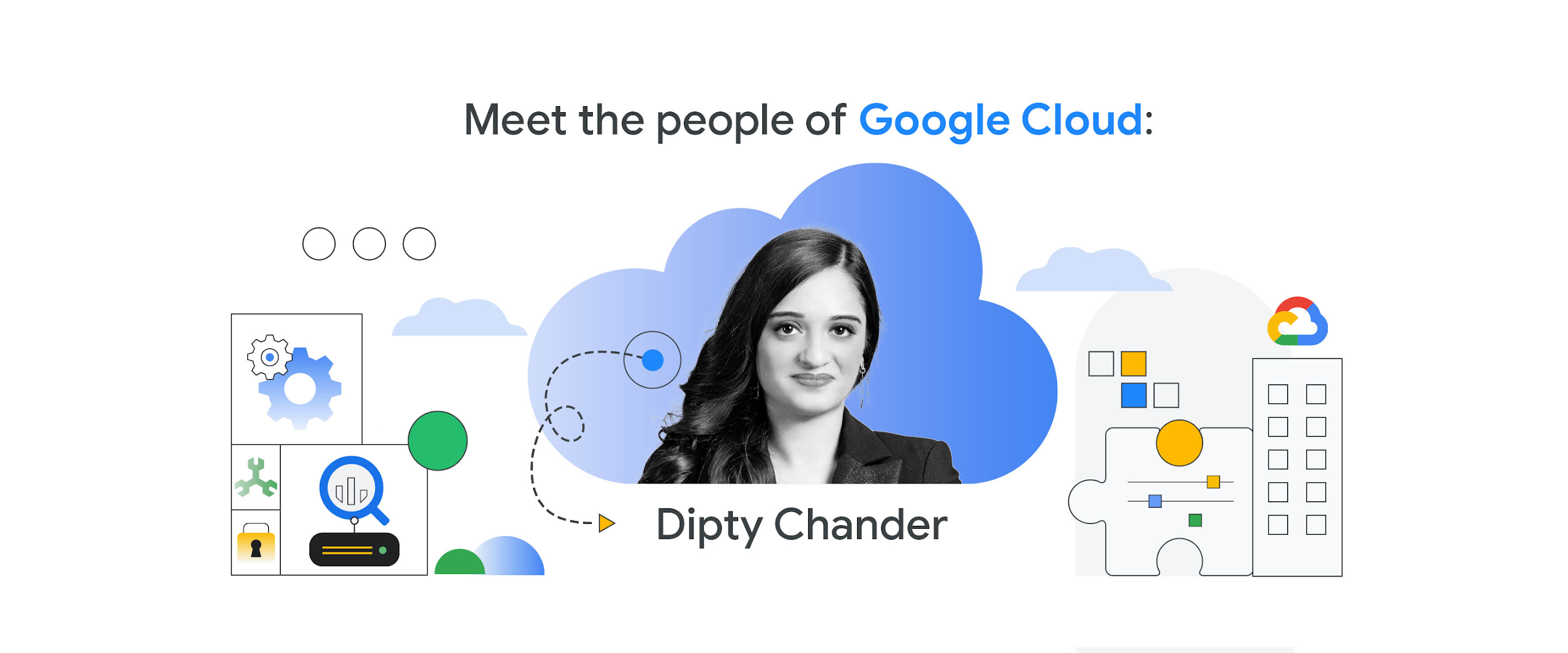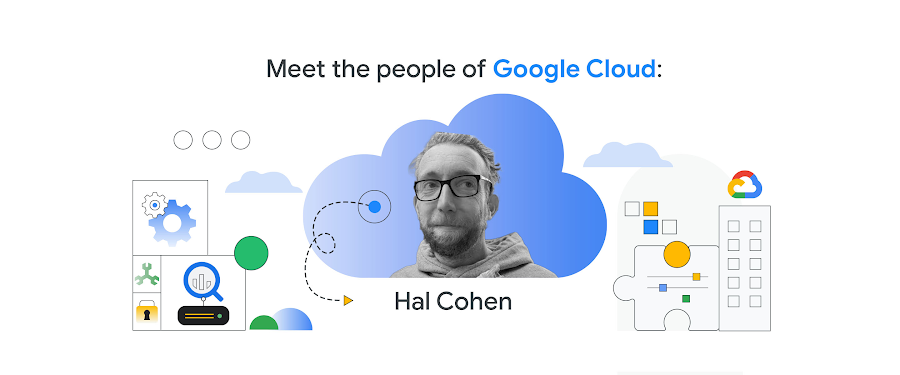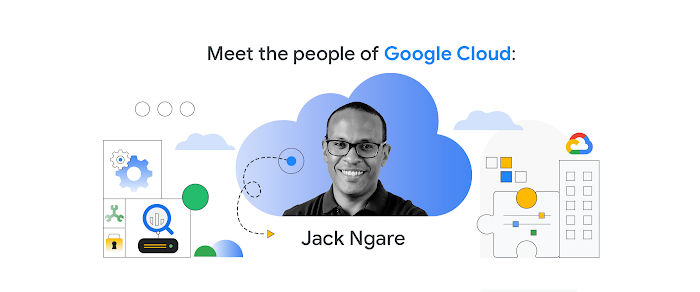Cloud Googler Dipty Chander is on a mission to help 1 million people from underrepresented groups learn how to code

Google Cloud Content & Editorial
Try Google Cloud
Start building on Google Cloud with $300 in free credits and 20+ always free products.
Free trialEditor's note: Google Cloud's Technical Account Managers are a rare breed. People like Dipty Chander have business understanding, technical chops, great communications skills, and an extraordinary talent, which allows them to cut through complexity and deliver customer success. As if that's not enough, Dipty is on a personal mission to bring 1 million people from underrepresented groups into the world of cloud software writing.
What is your main job at Google Cloud?
I'm a Technical Account Manager (TAM), which means I work with customers to make sure Google Cloud understands their needs and expectations. It's wonderful because it's so complex. For example, I'm a TAM for a large European retailer that currently has over 100 different projects in the works, which means I'm working with software engineers, of course, but also people across several different groups at Google Cloud—including Marketing and Product Management—to ensure customer needs and expectations are met.
Is this an unusual role within the industry?
Many cloud providers and enterprise tech companies have similar positions. However, Google is unique because you can blend highly technical knowledge with business acumen to help customers make a difference in their businesses. Google also has more experience building products and easy-to-use tools than its counterparts.
Another differentiator is Google’s culture. Internally, Googlers are always interested in learning and understanding things; we judge by what we learn, and we don't blame someone for making a mistake. This mindset creates a better environment for learning because there is respect between colleagues and a common desire to share information.
Are you saying that the internal culture affects work with the customer?
Absolutely. First and foremost, our mindset is based on understanding the customer. We ask ourselves how we would react if we were in their situation, because we know it’s difficult to work well with customers who don't feel understood.
I know there is always a colleague I can reach out to for help in finding solutions or answering questions. It really makes a difference to feel like you can collaborate, rather than working alone. This doesn’t mean there isn't any difficulty or bad news. For example, I joined Google Cloud at the start of the Ukraine war, which created a lot of challenges in the cloud space. And I've seen challenges in migrations due to misunderstandings, which can happen anywhere, but are resolved quicker when there is a strong culture of communication.
You also contribute to an amazing online project.
I am the president of E-mma, a nonprofit that supports diversity in technology, primarily through teaching coding skills to underrepresented groups. I became interested in the subject while studying computer science in college. Out of the 500 students in my class, there were only about ten women. That was striking.
As I continued in school, I really started to appreciate the power of computer code—you can create so many kinds of applications. I asked myself, why there aren’t more women doing this? Where are the people with disabilities? Where are the people from different backgrounds?
E-mma had about 20 people when I joined in 2014, and today there are 400 volunteers in 16 offices across France, Spain, and Belgium. We've trained about 130,000 people, ages seven to 77. When we launched project Code At Home during the pandemic, I thought we'd reach 1,000 or 2,000 people, but we ended up getting 70,000 people!
Wow. But - how can you help build something like that while you hold a job?
It's not hard to do it with my job, because of my passion for it. During COVID-19, cloud infrastructure was important for everyone around the world, specifically for getting information out, working from home, staying in touch with loved ones, and working on a cure. It saved lives. With Code at Home, we had kids telling us, "You're giving us hope in a dark time." Nothing is better than that. Next year, we're doing a second version of Code at Home, and this time our goal is to reach 1 million people.
So, I get up in the morning and have a cool job at Google, while also being able to help other people with E-mma. It's great.



